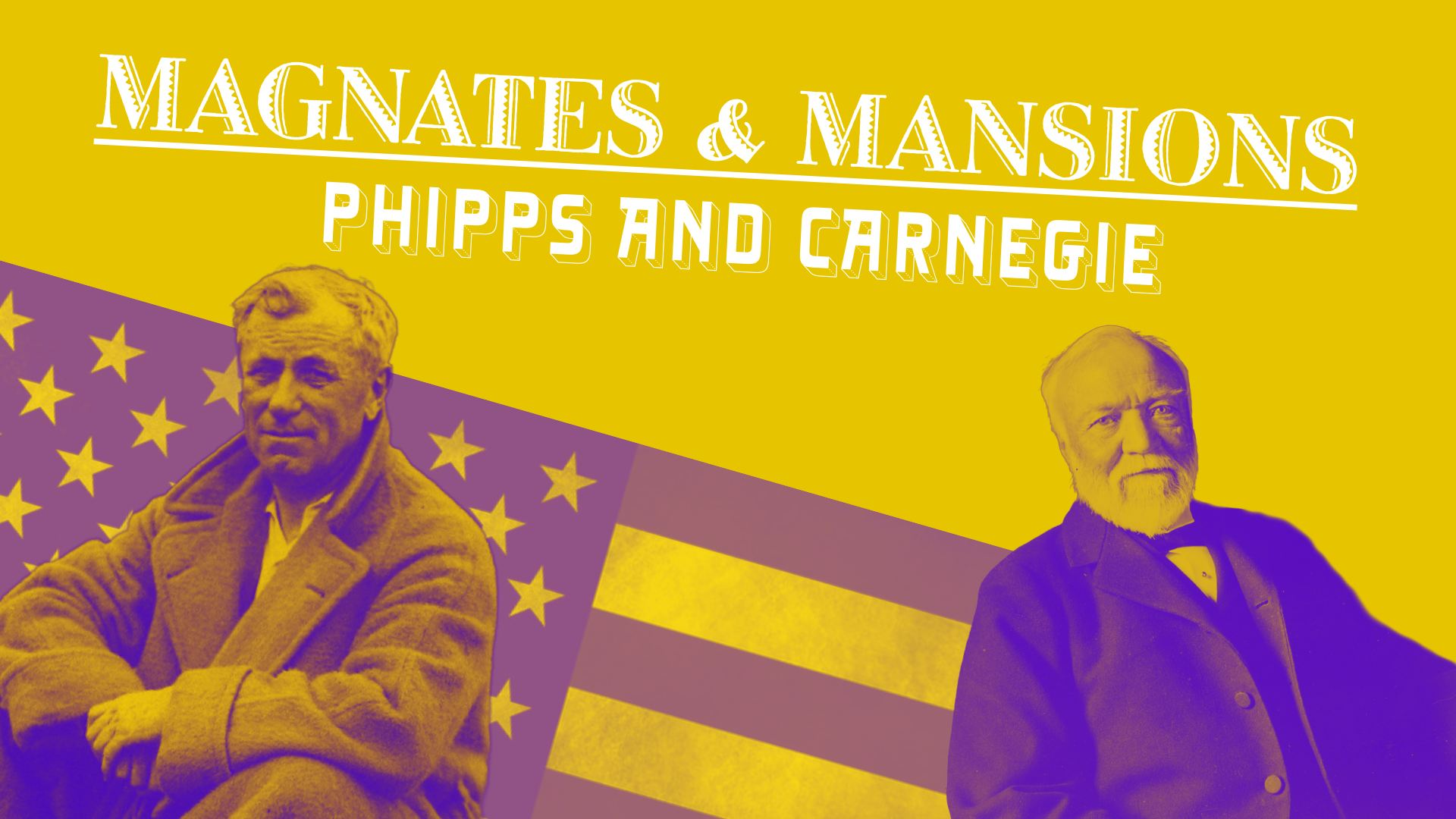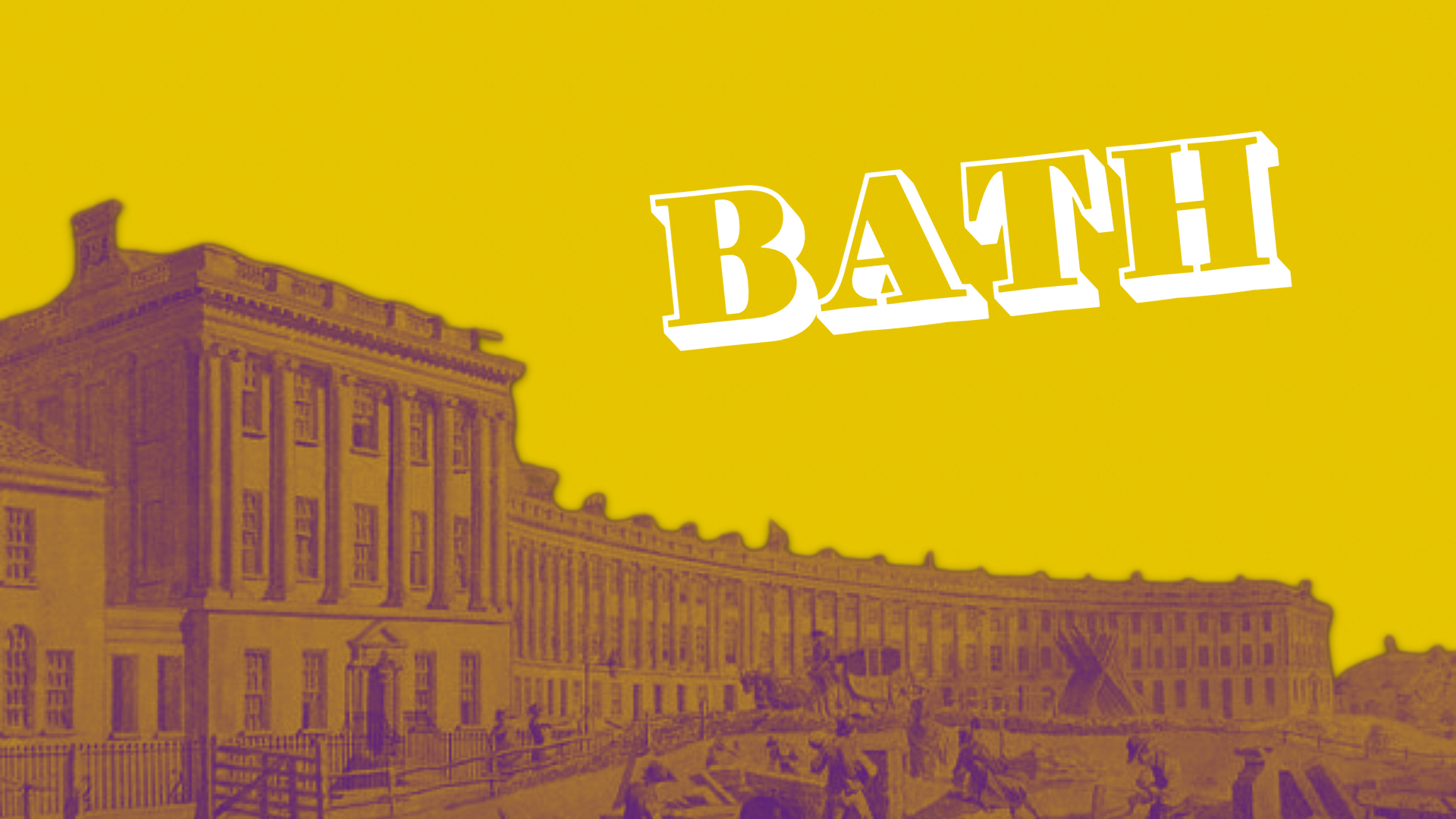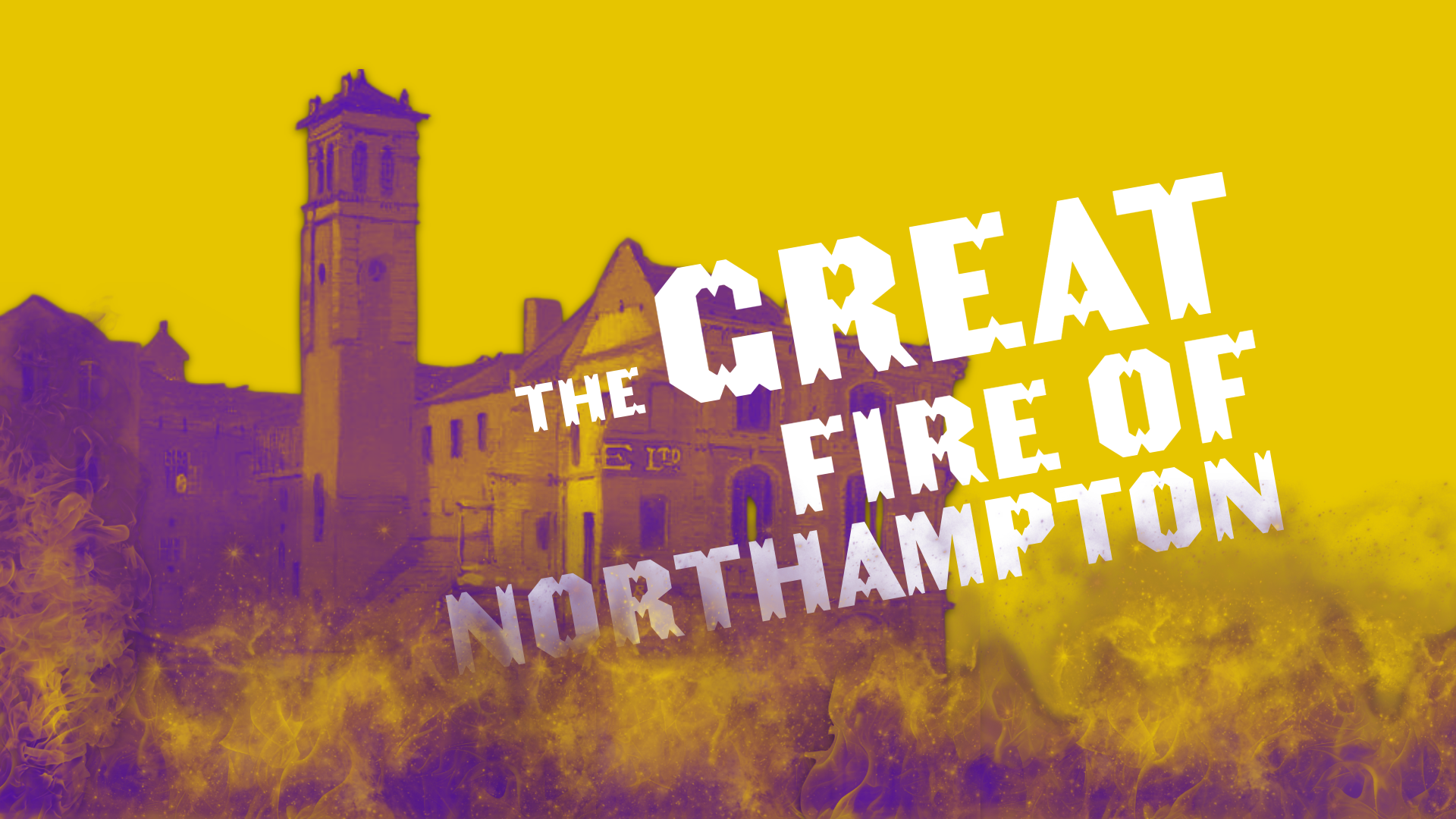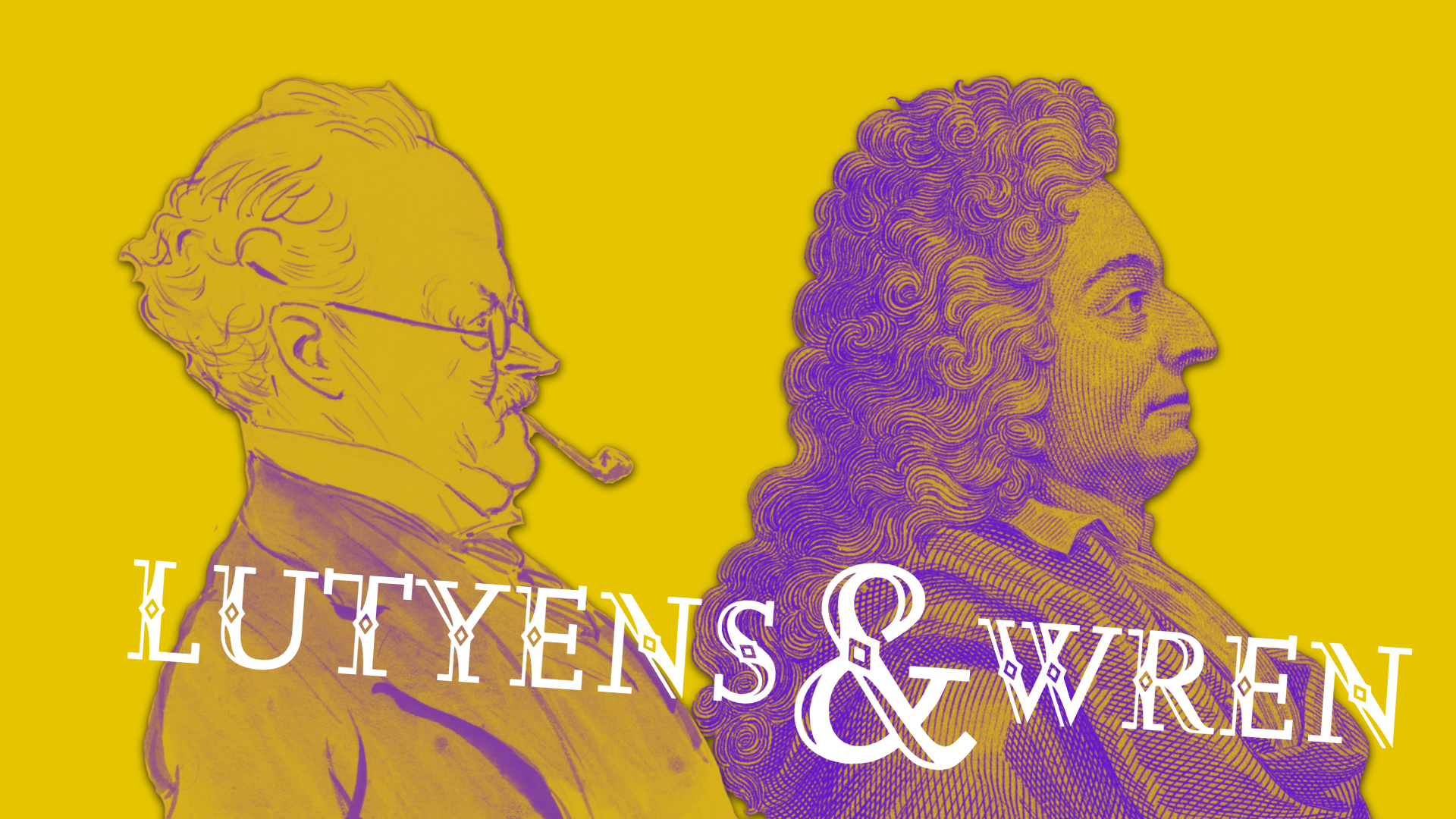Episodes & News

Episode 35: Vanbrugh @ 300 - With Charles Saumarez Smith

Episode 34: Journalists and Gentlemen: How the Georgian Group Saved London
The founding of the Georgian Group in 1937 was a milestone in the movement to save beautiful architecture. With an anniversary around the corner, Clive and John discuss how the Group emerged from the parent organisation, the Society for the Protection of Ancient Buildings, and why it was needed. They reveal the extraordinary extent to the destruction inflicted on Georgian London after the First World War. Not even town palaces, Georgian square or the works of the Adam Brothers, notably the Adelphi, were spared.
Whereas SPAB’s interests were principally medieval and rural, the Georgian Group’s were metropolitan and post-1714. It required a heroic effort to get it going. The idea originated with the much put upon journalist Douglas Goldring, before catching the imagination of various grandees, including Lord Derwent; Robert Byron served as a brilliant propagandist. Clive shares some of his own experience as the Founding Hon.Secretary of the Twentieth Century Society (the called the Thirties Society) to illuminate some of the issues. The Georgian Group was a media success – but demolition on a scale previously unimagined came, courtesy of the Luftwaffe, during the Blitz. With new challenges after the Second World War.
Only two years before the fire, the Great Reform Act had been passed. Until that point much of the governance of the country had taken place in the splendid homes of the aristocracy, so the state of the Houses of Parliament may not have concerned them unduly. The new building would be equipped with all the amenities that Parliamentarians could find in their London clubs. It was at the same time more sumptuous and more middle class.
Innumerable statues and paintings of saints, heroes and kings reminded post-Reform politicians of the standards they were expected to live up to. The Lords chamber was always richer than that of the Commons – a contrast made all the greater when the Commons was toned down after the Second World War. But the greatest richness of all was reserved for the monarch.
What does it mean? How was it all done? What does the future hold in store? The subject is almost endless but Clive and John manage to do it justice in just an hour!

Episode 33: The Tale of Parliament Part 2 - The House of Lords
Last week’s Your Places of Mine celebrated the rebuilding of the House of Commons after the original interior was bombed during one of the last raids of the Blitz. This week, Clive and John consider the Palace of Westminster, otherwise known as the Houses of Parliament, as a whole. After the old Palace had been all but destroyed by fire in 1834, Charles Barry won the competition to rebuild it, producing a building that may have shortened his life but is surely one of the herculean achievements of the Victorian age. With the help of the superb designer of Gothic ornament, AWN Pugin, he produced a building that is both deeply traditional in its style and iconography and intensely modern in the technology that underpinned it. The glorious, theatrical composition of turrets, pinnacles, and rich tracery purposefully evokes the virtues of an idealised medieval past, in the hope of inspiring the legislators of the present day.
Only two years before the fire, the Great Reform Act had been passed. Until that point much of the governance of the country had taken place in the splendid homes of the aristocracy, so the state of the Houses of Parliament may not have concerned them unduly. The new building would be equipped with all the amenities that Parliamentarians could find in their London clubs. It was at the same time more sumptuous and more middle class.
Innumerable statues and paintings of saints, heroes and kings reminded post-Reform politicians of the standards they were expected to live up to. The Lords chamber was always richer than that of the Commons – a contrast made all the greater when the Commons was toned down after the Second World War. But the greatest richness of all was reserved for the monarch.
What does it mean? How was it all done? What does the future hold in store? The subject is almost endless but Clive and John manage to do it justice in just an hour!

Episode 32: The History of The House of Commons - A Venerable Victim of the Blitz
On May 10, 1941, an incendiary bomb destroyed the seat of British democracy, the chamber of the House of Commons. This was not the first time fire had struck the Palace of Westminster: most of it had already been rebuilt after a disastrous fire of 1834, caused not by enemy action but the burning of obsolete tally sticks – a medieval system of accounting which symbolised the antiquated nature of the place. Seventy-five years ago the House of Commons reopened, and John has joined the celebrations that are marking the anniversary.

Episode 31: Albi Cathedral: The Greatest Brick Building in the World
This week John and Clive are bowled over by Albi Cathedral, a towering, outwardly austere edifice of rosy brick which is ‘quite unlike any other medieval structure that you will see – a work of abstract modernism made in the 13th century’. They discuss the background to its construction, in particular the merciless crusade against the Albigensian Heresy which takes its name from the city. Externally the cathedral appears to be as much a fortress as a religious building, expressing the authority and power of the Roman Catholic Church. It was a big influence on some late Victorian architects looking for a new direction for the Gothic Revival, as well as surely on Sir Giles Gilbert Scott. Scholars have called it the largest brick building in the world.
Unlike most cathedrals, which have doors at the West End, Albi is entered from a late Gothic porch that could be a gatehouse on the side. The external walls are buttressed by semicircular drums of brick that go the full towering heights of the buildings. The interior is equally unexpected – a vast space whose roof is a single span of over 60ft. There are no aisles but the walls are lined with chapels. In contrast to the exterior – ‘Brutalism in brick,’ as John calls it – they are decorated by Renaissance artists from Italy in a scheme that remains almost entirely complete. Each one is composed of a geometrical scheme. There is a terrifying fresco of the Last Judgement at the West End. The choir is separated from the nave by a wedding cake-like screen of stone filigree, which miraculously escaped destruction during the French Revolution.
Why was Albi constructed as it is? That’s something to talk about – as John and Clive do!

Episode 30: Magnates and Mansions: Who Were The American Millionaires That Loved the British Country House?
Phipps, Carnegie and Old Westbury Gardens
In its turn of the 20th-century heyday, Long Island could boast no fewer than 900 country houses. Since then, most have disappeared, leaving Old Westbury Gardens in a unique position – the only house to have survived complete with its collections, garden and archive. Clive has just been there and shares its wonder with John, asking why the American country house is such a different beast form its counterparts in the UK.
The story of Old Westbury Gardens is romantic. Jay Phipps, son of Andrew Carnegie’s partner Henry Phipps, built it for his English bride, Margarita Grace – who loved the life she had known growing up at Battle Abbey in Sussex and was only persuaded to marry him when he offered to create something similar on the other side of the Atlantic. Westbury House, as it was originally known, was therefore as English as possible. And yet there are many differences from prototypes in the UK, revealing the difference between English and American priorities.
Andrew Carnegie was another builder of country houses. John ponders why this should have been. The ensuing chat illuminates the values of the plutocracy in the Edwardian age, an age of super wealth and (sometimes) philanthropy.

Episode 29: A Spymaster's Lair: The Unmissable Splendour of Hatfield House
Clive has just been to an event at Hatfield House, the palace to the North of London which stands as a monument to the political gene of the Cecil family. John is more than equal to discussing this great country house and its treasures, which the present Marquess and Marchioness of Salisbury are subtly making even more special.
In the 16th-century, Robert Cecil inherited it from his father Lord Burghley, whom he followed as Queen Elizabeth’s chief minister. It was Cecil who did more than anyone to negotiate the succession of James VI of Scotland to the English throne on Elizabeth’s death as James I.

Episode 28: Cathedral on Fire: The Rise, Fall, and Rebirth of Notre-Dame
In 2019 a devastating fire consumed the cathedral of Notre Dame in Paris, one of the towering symbols of French identity, and it seemed that one of the greatest cultural monuments in Europe had, literally, gone up in smoke. But after only two short years, it has now been restored and John has been to see – and celebrate – the result.

Episode 27: The Story of the Bayeux Tapestry: A Threaded Tale of Heroes and Conquerors
An extraordinary cultural loan is about to take place: soon, while its home in France is being improved, the Bayeux Tapestry will be displayed in the British Museum for two years. This will give members of the British public, along with visitors to London from overseas, the chance to get up close to one of the founding documents of England’s story. One of the foremost medievalists in the country, John is in a prime position to lead the discussion with Clive on this unparallelled work of art.
The survival of the so-called tapestry – really a piece of embroidery – is itself remarkable. Only one section of this ancient textile has disappeared; the rest of the 224ft composition remains almost incredibly intact. Where was it made? Who stitched it? Who composed the design? These questions cannot be answered with certainty. There is a likely candidate, though, for the patron who commissioned it. This was William the Conqueror’s half-brother Odo, Bishop of Bayeux, who was also Earl of Kent; he may have ordered it for the consecration of his cathedral in Bayeux.
If the origins of the Bayeux Tapestry are obscure, the story-telling is not. John and Clive delight in the vivid and economical narrative, as well as the information it coincidentally displays about palaces, boats, horses, feasting and Norman armour. Although celebrated in its time, the tapestry was largely forgotten until ‘rediscovered’ by an 18th-century monk. Later, Hitler regarded the Bayeux Tapestry as an object he was anxious to display in Berlin but luckily the liberation of Paris occurred before he was able to take it out of the country.

Episode 26: The War Memorials Of WW1: The Secrets of the Stone
In advance of Remembrance Sunday on November 11, Clive has been visiting the Commonwealth War Graves in France. The Imperial War Graves Commission, as it was called when established in 1917, was the brain child of Fabian Ware, a civil servant turned newspaper editor who commanded a Red Cross dressing station during the First World War and was therefore saw the horror at first hand. Ware realised that the hundreds of thousands of young men who died for Britain deserved proper burial and commemoration. The losses were on a scale unknown in previous wars, and the monuments and cemeteries built to remember them were also completely without precedent. The British government rose to the challenge, finding a solution that was supremely well-adapted to the character of the nation. The result was one of the greatest commissions of public art ever seen.

Episode 25: The History of Salisbury Cathedral: How Did They Move a Medieval Marvel?
Which cathedral is closest to the English heart? Impossible to say but it may be Salisbury, the subject of this week’s Your Places or Mine. On September 28 a special service will be held to celebrate the 800th anniversary of the dedication of the altars at Salisbury’s east end in 1225.

Episode 24: Stucco and Style: John Nash’s Regent Street
The creation of Regent Street under the Prince Regent is a rare instance of a master plan that reshaped London. It linked North and South, starting in the new Regent’s Park and ending at the Prince’s Carlton House on the edge of St James’s Park. Clive and John celebrate this extraordinary achievement, which sprang from the brain of the no less extraordinary John Nash.

Episode 23: The Cotswolds
Today, the Cotswolds are famous around the world, as can be seen from the number of celebrities making their homes here. They are a brand which commands instant recognition. This, however, is a recent phenomenon, and visitors from past centuries – such as the journalist and contrarian William Cobbett – did not take anything like such a favourable view. The change came with the Arts and Crafts Movement, many of whose leading lights loved the round-shouldered hills, villages of honey-coloured stone and old-fashioned rural ways.

Episode 22: Sennowe Park, Thomas Cook and The Edwardian Age
Sennowe Park in North Norfolk is one of the most ebullient country houses built during the swaggering Edwardian decade at the beginning of the 20th century. It reflects the personality of the man for whom it was built, Thomas Cook, grandson of the Thomas Cook who founded the travel business. The latter, born in 1808, had been a Baptist evangelist and temperance campaigner. His epoch-making first excursion took place in 1841, when a special train took 570 people from Leicester to attend a Temperance meeting in Loughborough.

Episode 21: The History of Bath, From Roman to Regency
The Romans arrived at Bath in AD43, calling it Sulis Minerva – a combination of the goddess Minerva with the local deity of Sulis. They loved the hot springs, practically the only ones in the country, which gush from the ground at 40 degrees C. Their bathing complex came to include a huge, vaulted structure, which collapsed at some point after the legions left Britannia. It became so derelict that the source of the spring was lost and only discovered again in the 1870s.

Episode 20: Alone At Last: Privacy and the Country House
These days, privacy is high on the agenda. There are huge concerns over data, images, digital identity and personal space, all of which should be kept private. But how was this possible in previous ages when almost all of life took place in the presence of other people. This was as much the case for the social elite as it was for ordinary families. As court records of divorce cases in the 18th century reveal, very little happened that was not known to servants. Privacy, as we understand it today, would have been a rare luxury at almost any period before the Second World War.

Episode 19: Hot History: The Great Fire of Northampton
Everyone has heard about the Great Fire of London – but what about the Great Fire of Northampton…or Marlborough…or Blandford Forum? Fire has frequently wrought destruction on towns, cities and country houses, and this was particularly the case in the 17th century. Clive and John discuss why this should have been—what caused the fires, what the consequences were for the places concerned and how they were rebuilt.

Episode 18: A Royal Romanian Affair: Why Charles III Treasures Transylvania
The then Prince of Wales first came to Transylvania in the late 1990s on an official visit. It’s the only time he’s come on business. He fell so much under the spell of the place that he bought a house here, in one of the wooden villages, settled, many centuries ago, by Saxons from Germany.

Episode 17: Lutyens and Wren
For the first time in the history of this podcast, Your Places or Mine has gone on location. John and Clive have been invited to The Ned’s Club, the amazing complex of hospitality venues, including restaurants, hotel and private members’ club, which occupies the former head office of the Midland Bank in the City of London.

Episode 16: Sovereignty in Stone: The Kings of Windsor Castle
Windsor Castle has been imbued with symbolism since William the Conqueror founded it after the invasion of 1066. He took the name of Windsor from an existing Anglo-Saxon palace which stood on a different spot.
